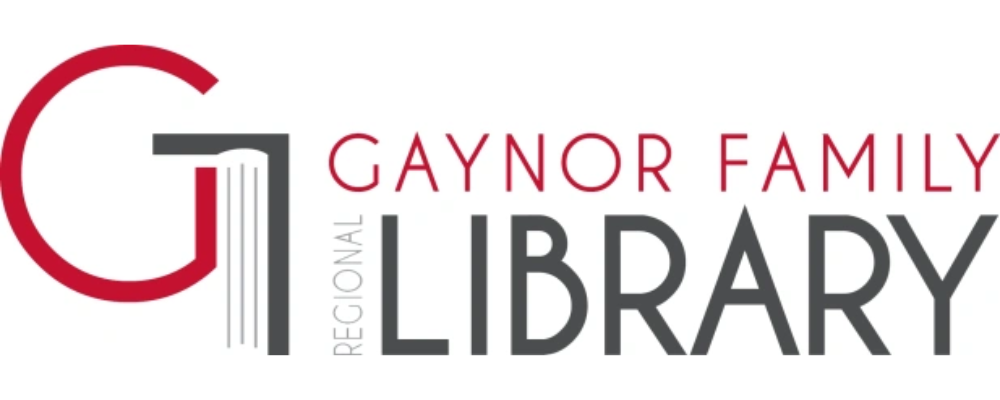This blog post continues our series where we’ll demonstrate how to highlight diverse book content using the Thema subject classification system. You can review our blog coverage of Thema here, and follow this series here.
In case you’re new to this series, here’s the main reason why we at BookNet are fans of the Thema subject classification system: compared to BISAC, Thema can communicate more granular and specific information about a book’s content which allows data senders and data recipients to share and display information about a book that represents a more diverse and inclusive range of content ripe for discovery by a marketplace that demands it.
New to Thema? Learn more about the basics here.
Thema: subject coding real life examples
In this series, we’ve been sharing EDItEUR’s examples included in their Diversity and inclusion — using Thema and ONIX to improve discoverability report, as well as Thema classification codes and qualifiers for titles by or with a Canadian contributor (author, illustrator, translator, etc.).
If you wish to take your Thema knowledge even further, we highly encourage you to read our previous posts part of this series, they’re all available here.
Please note that our suggestions don’t necessarily represent the actual codes chosen by the publishers; they’re meant to stimulate discussion and reflection rather than being authoritative statements of the correct way to categorize the particular books listed.
The Fifth: A Love(s) Story by M.P. Boisvert 🍁 and translated by Monica Meneghetti 🍁 from Dagger Editions
Dagger Editions' website describes The Fifth: A Love(s) Story as “a contemporary novel about polyamory, full of eclectic and refreshing characters navigating love, life, and desire among their chosen family.” Taking place in Sherbrooke, Quebec, it offers “a refreshing take on sexuality and desire” and includes “script-like interludes” and is “infused with Quebecois culture.”
So, let’s explore how The Fifth could be categorized according to Thema subject categorization.
Points of Reference: Publisher-provided BISAC subjects
In the publisher-provided metadata distributed for the book, The Fifth has been assigned three BISAC subjects:
FICTION / LGBTQ+ / General
FICTION / Literary
FICTION / Romance / Polyamory
We’ll use this information, as well as the publisher-provided book description, to imagine theoretical subject categorization according to the Thema subject categories hierarchy, using EDItEUR’s Thema browser.
Theoretical subject categorization
FBA: Modern and contemporary fiction
FS: Family life fiction
FYT: Fiction in translation
Accompanying qualifiers
5PS: Relating to LGBTQ+ people
5PT: Relating to Trans / Transgender people or gender minorities
1KBC-CA-QJS: Sherbrooke
FXD: Narrative theme: Love and relationships
Rationale
Consulting the BISAC subject classification as provided by the publisher, where FICTION / Literary and select genres (LGBTQ+ & Polyamorous Romance) are included, the Thema subject classification that immediately comes to mind is “FBA: Modern and contemporary fiction.” We’ve added the additional suggestion of “FYT: Fiction in translation,” which may be of interest to specific readers and the retailers and libraries who cater to them.
Where we struggled was with how to speak to the polyamory subject selection from BISAC. While EDItEUR’s Thema browser comes up with results for “polyamory,” as identified in the publisher’s original BISAC selection, the relevant results are non-fiction subjects and would not be appropriate for subject classification. While “VFVG: Dating, relationships, living together and marriage: advice and issues,” “JBSW: Social groups: alternative lifestyles,” and “JHBK: Sociology: family and relationships” suggest compatibility, they cannot be selected in this situation. So we have resigned ourselves to “FS: Family life fiction”, which might be added. Attentive readers will acknowledge that Thema’s note for intended use says to "use for: novels of domestic or small-scale family life, often with a focus on the relationships within a family." This may not be seen as fitting, but it's really emphasized by the character’s own naming of themselves, and claiming alternative family is a theme, so this does seem to be about family life through the lens of a polyamory experience.
Perhaps where we can document the publisher’s intended classification of polyamory in Thema is by selecting an appropriate qualifier? Alas, there is no such appropriate qualifier, which is unfortunate, as the publisher notes that The Fifth is “one of the few novels that explores healthy, fulfilling polyamorous relationships.”
Finally, we’ll include “FXD: Narrative theme: Love and relationships.” EDItEUR specifically recommends the “theme” group — and it’s one of Thema’s strengths!
Thema’s beauty is the depth of detail that can be provided with/for each Thema subject classification in form of accompanying qualifiers. Thema subject codes are supported by six qualifier lists: geography, language as subject, time period, educational purpose, interest age & special interest, and style.
Where we can find additional richness is through the following qualifiers:
5PS: Relating to LGBTQ+ people
We have added a selection from the “interest age & special interest” qualifier list to speak to the publisher’s selection of FICTION / LGBTQ+ / General as the primary BISAC subject categorization.5PT: Relating to Trans / Transgender people or gender minorities
We have added a second selection from the “interest age & special interest” qualifier list to speak to the inclusion of trans characters in the book’s content.1KBC-CA-QJS: Sherbrooke
Finally, we have included a location in the qualifiers as the publisher takes time to explicitly point out, in the book description, that the book is “infused with Quebecois culture” and that the characters move to Sherbrooke, Quebec. Never doubt Thema’s ability to add location richness and depth, as the following list of regional qualifiers suggestions, which has an additional 17 child qualifiers, of which “Sherbrooke” is one:1KBC-CA-Q Quebec
1KBC-CA-QB Quebec: Bas-Saint-Laurent
1KBC-CA-QD Quebec: Saguenay–Lac-Saint-Jean
1KBC-CA-QF Quebec, National Capital Region
1KBC-CA-QH Quebec: Mauricie
1KBC-CA-QJ Quebec: Estrie / Eastern Townships
1KBC-CA-QL Quebec: Outaouais
1KBC-CA-QM Quebec: Montréal (region)
1KBC-CA-QN Quebec: Abitibi-Témiscamingue
1KBC-CA-QP Quebec: Côte-Nord
1KBC-CA-QR Quebec: Nord-du-Québec
1KBC-CA-QS Quebec: Gaspésie
1KBC-CA-QT Quebec: Chaudière-Appalaches
1KBC-CA-QU Quebec: Laval
1KBC-CA-QV Quebec: Lanaudière
1KBC-CA-QW Quebec: Laurentides
1KBC-CA-QX Quebec: Montérégie
1KBC-CA-QY Quebec: Centre-du-Québec
A note to publishers: Don’t forget about BISAC!
In our webinar in July, Sell More Books with Better BISAC, Macmillan’s Metadata Manager, Sarah Lawrence, and BookNet’s Product Coordinator, Hannah Johnston, made the case for improving BISAC as a pathway to better discoverability and sales. Following their guidance, the publisher would be encouraged to add additional BISAC Regional Themes in order to communicate more information to supply chain partners:
Regional Theme 4.0.2.0.11.0.0: Quebec
The Sherbrooke setting mentioned in the book description could be communicated through Regional Theme 4.0.2.0.11.0.0: Quebec.
And don’t forget about ONIX!
Our stalwart Bibliographic Manager points out that there are additional ways to bolster books in translation.
In the ONIX Contributor Composite,
<FromLanguage>fre</FromLanguage>
can be added (and is recommended for translation entries). However, because Quebecoise or Canadian French is not an option, that's all that can be specified using List 74.
The other way is the Language Composite by adding, in addition to supplying the normal "01" Language of Text value for English, a second Language composite can be added for "02" Original language of a translated text. The Language composite can contain more complete information and specify the region:
<Language> <LanguageRole>02</LanguageRole> <LanguageCode>fre </LanguageCode> <CountryCode>CA</CountryCode> <RegionCode>CA-QC</RegionCode> </Language>
Want more worked examples?
To read more examples as they are posted, subscribe to our weekly eNews or nab our blog’s RSS feed. And if you’re a Canadian publisher interested in submitting a Thema classification for one of your titles so it can be shared in this series, please get in touch with us!















Sales and library circulation data of LGBTQ+ titles during the fourth quarter of 2024.